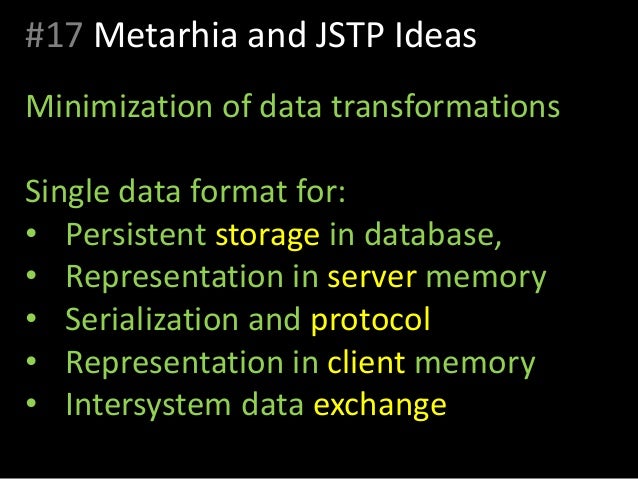
Binser - Binary Serializer Binser uses its own binary protocol to serialize nested object structures to binary stream. Some features: • Primitives such as Int8, UInt8. Int32, UInt32; • CompactNumber minimizes size of numbers; • String type that takes care of string transmission by pre-pending string size; • Custom object type for your own objects; • Arrays; • Unlimited mixing and nesting of all available type combinations; • Documented protocol: look at /doc. Stable usage is documented bellow.
Hp Pre Installed Programs Bonjour. Serialize/deserialize simple object using ObjectType Require this.
PHP Serialize() & Unserialize() Issues. To database is converted to some other way format. Since the serialize data store. Have the actual format read by PHP. For serializing a Java object into a PHP serialization format string you just use the static method Pherialize.serialize(). Just pass the object you want to serialize to this method and you get a string in return which you can then unserialize in PHP.
Node.js is a platform for building JavaScript based applications that has become very popular over the last few years. To best support this rapidly growing community, Oracle developed which was released in January of this year as a preview release. Written in C and utilizing the Oracle Instant Client libraries, the Node.js driver is both performant and feature rich. When it comes to generating JSON, Node.js seems like a natural choice as JSON is based on JavaScript objects. However, it’s not exactly fair to compare a solution crafted in Node.js to the PL/SQL solutions as Node.js has a clear disadvantage: it runs on a separate server. That means we have to bring the data across the network before we can transform it to the desired output.
Whatever, let’s compare them anyway! Please Note: This post is part of. See that post for details on the solutions implemented below as well as other options that can be used to achieve that goal. Solution 1 – Emulating the PL/SQL solutions This first solution follows the same flow as the PL/SQL based solutions. We start off by making a connection to the database and then begin creating the object we need by fetching data from the departments table. Next we go to the locations table, then the regions table, and on and on until finally we have the object we want.
We then use JSON.stringify to serialize the object into the JSON result we are after. } So we got the output we were after, but what about performance?
Let’s explore the test results Test results When I finished the solutions for and, I wanted to see if one was faster than the other. I ran a very simple test: I generated the JSON for all 27 departments in the HR schema 100 times in a loop (2,700 invocations of the solution). APEX_JSON finished in around 3. Install Php Module Apache Ubuntu Configuration. 5 seconds while PL/JSON took 17 seconds. How long did it take the Node.js solution from above to do this? Node.js must be slow, right? Well, not exactly You may have noticed that, on line 5, I used the base driver class to get a connection to the database.
If I was just doing this once the code would be fine as is, but 2,700 times? That’s not good. In fact, that’s really bad! But what’s a Node. Hp Pavilion Dv2000 Vista Recovery Disk Download. js developer to do?
Using a connection pool The Node.js driver has supported connection pools from the beginning. The idea is that, rather than incur the cost of making a connection to the database each time we need one, we’ll just grab a connection from a pool of connections that have already been established and release it back to the pool when we’re done with it. Hp Compaq Presario C300 Drivers.
Best of all, this is really simple! Here’s a new module that I’ll use to create, store, and fetch the connection pool. I just swapped out the driver module for the pool module and used it to get a connection instead. How much did using the connection pool help?
With that one simple change the test completed in 21.5 seconds! Wow, that’s just a little longer than it took PL/JSON. So Node.js is still slow, right?
Well, not exactly 😉 Solution 2 – Optimizing for Node.js Remember when I said that the solution mimicked the PL/SQL code? There are two major problems with doing this in Node.js: • Excessive round trips: Each query we’re executing is a round trip to the database. In PL/SQL, this is just a context switch from the PL/SQL to the SQL engine and back. I’m not saying we shouldn’t minimize context switches in PL/SQL, we should, but in Node.js this is a round trip across the network!
By using the database to do some joins we can reduce the number of queries from 7 to 3. • Sequential execution: The way the PL/SQL solutions were written, a query was executed, the results were processed, and then the next query was executed. This sequence was repeated until all work was complete. It would have been nice to be able to do some of this work in parallel. While Oracle does have some options for doing work in parallel, such as and, PL/SQL is for the most part a single threaded environment.